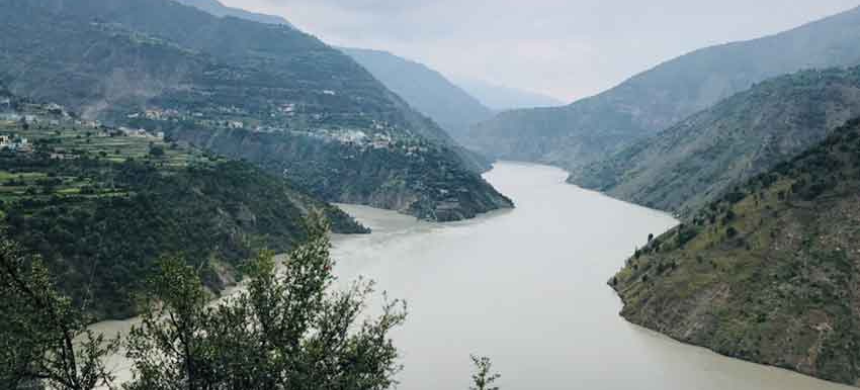WAPDA Releases Latest River Flow and Water Resource Update: Indus and Chenab See Increases, Jhelum Declines
ISLAMABAD – The Water and Power Development Authority (WAPDA) has issued its latest report detailing the current flow of major rivers and the status of national water resources.
According to the data, water inflows in the Indus and Chenab rivers have increased, while the Jhelum River has experienced a notable decline.
Read More: https://theneutral.pk/ndma-warns-of-early-monsoon-in-pakistan-with-5-above-normal-rainfall/
- The Jhelum River recorded a decrease of 3,000 cusecs, with current inflow standing at 43,200 cusecs, down from 46,200 cusecs the previous day.
- The Indus River saw a modest rise of 1,000 cusecs, bringing its flow to 149,000 cusecs compared to 148,000 cusecs a day earlier.
- A significant increase of 4,300 cusecs was observed in the Chenab River, which now stands at 38,100 cusecs, up from 33,800 cusecs.
In contrast, Chashma Barrage experienced a notable drop in water inflow, falling by 7,800 cusecs to 182,100 cusecs, from 189,900 cusecs recorded the day before. Similarly, the Kabul River saw a slight decrease of 100 cusecs, bringing current inflow to 40,200 cusecs.
National Water Storage Increases by 47,000 Acre-Feet
The report also highlights an improvement in usable water storage across reservoirs, with a rise of 47,000 acre-feet. The total usable storage now stands at 3.585 million acre-feet, up from 3.538 million acre-feet.
Water levels in major dams have also seen gains:
- Tarbela Dam: Level increased by 1 foot.
- Mangla Dam: Level increased by 2 feet.
These figures reflect a positive trend in national water resource availability amid changing weather patterns.











